Memory
The memory used is 1,333MHz Qimonda chips that are guaranteed to at least 1,500MHz according to Asus. However, due to the limitation of the P35 chipset, a 1,066MHz and 1,333MHz FSB CPU will both have to overclock to from 266MHz and 333MHz to 375MHz FSB respectively to reach 1,500MHz on the memory. It shouldn't be that hard, however overclocking is never certain and there could always be the potential of a hot case or improper contact between the CPU and heatsink that doesn't allow it. Also, many people are quite unaware of how to overclock, but don't fret - we'll go through it on the last page with you.Asus uses a "Perfect T-Tree" design with what it calls its "Super Memspeed Technology"; and yes, I was expecting a "Duper" in there too.
The design actually goes against the inherent way DDR3 is meant to function, by going back to the tree routing that DDR2 used. Asus claims a 50 percent reduction in clock cycle timing, yet the linear approach to DDR3 allows for the on-die termination and greater signal integrity as the clock is increased. It seems by incorporating it into the motherboard Asus has has used the memory DDR2/3 controller on the P35 chipset to create an almost "best of both worlds" situation with DDR2 topography and latency with DDR3 speeds.
Included are 32 BGA memory chips - 16 either side of the motherboard in close vicinity to the northbridge.
Cooling
There is a huge heatpipe array around the CPU for the chipset, memory and power regulation components. The entire thing is copper for better heat adsorption and to be honest, it gives a better look against the black PCB. Asus has started to 'lock' the fins together with some metal brackets which go on either on the sides of the fins or over the top completely. We're not entirely sure if it's for protection or aesthetics because they are literally just stuck on with bits of thermal tape instead of being soldered in place.Asus uses what it calls Stack Cool 2 which helps distribute the heat from the CPU and power components over the PCB, as well as including some low profile heatsinks on the back of the PCB to duct heat away from the board keeping it more stable.
Without specifically pointing the finger at Asus here, there have been quite a few criticisms from users about the cluttered effects that heatpipes have on motherboards. Couple this with the fact that the entire cooling array is completely interlinked, so if you want to use a better cooler for a single chip then the whole array has to be replaced - at some considerable effort and likely expense.

MSI MPG Velox 100R Chassis Review
October 14 2021 | 15:04


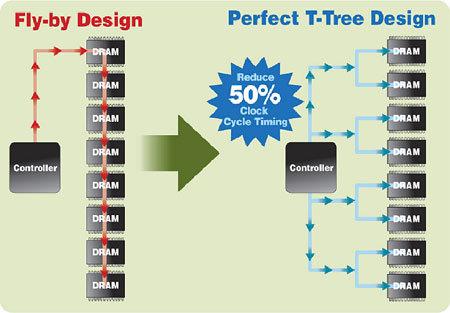
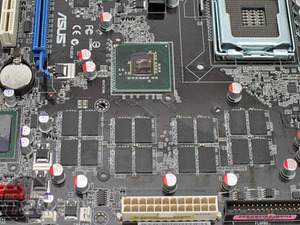
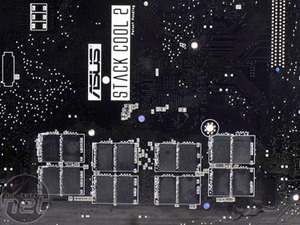
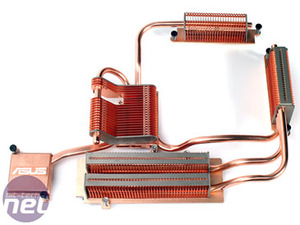
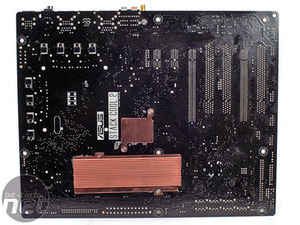







Want to comment? Please log in.